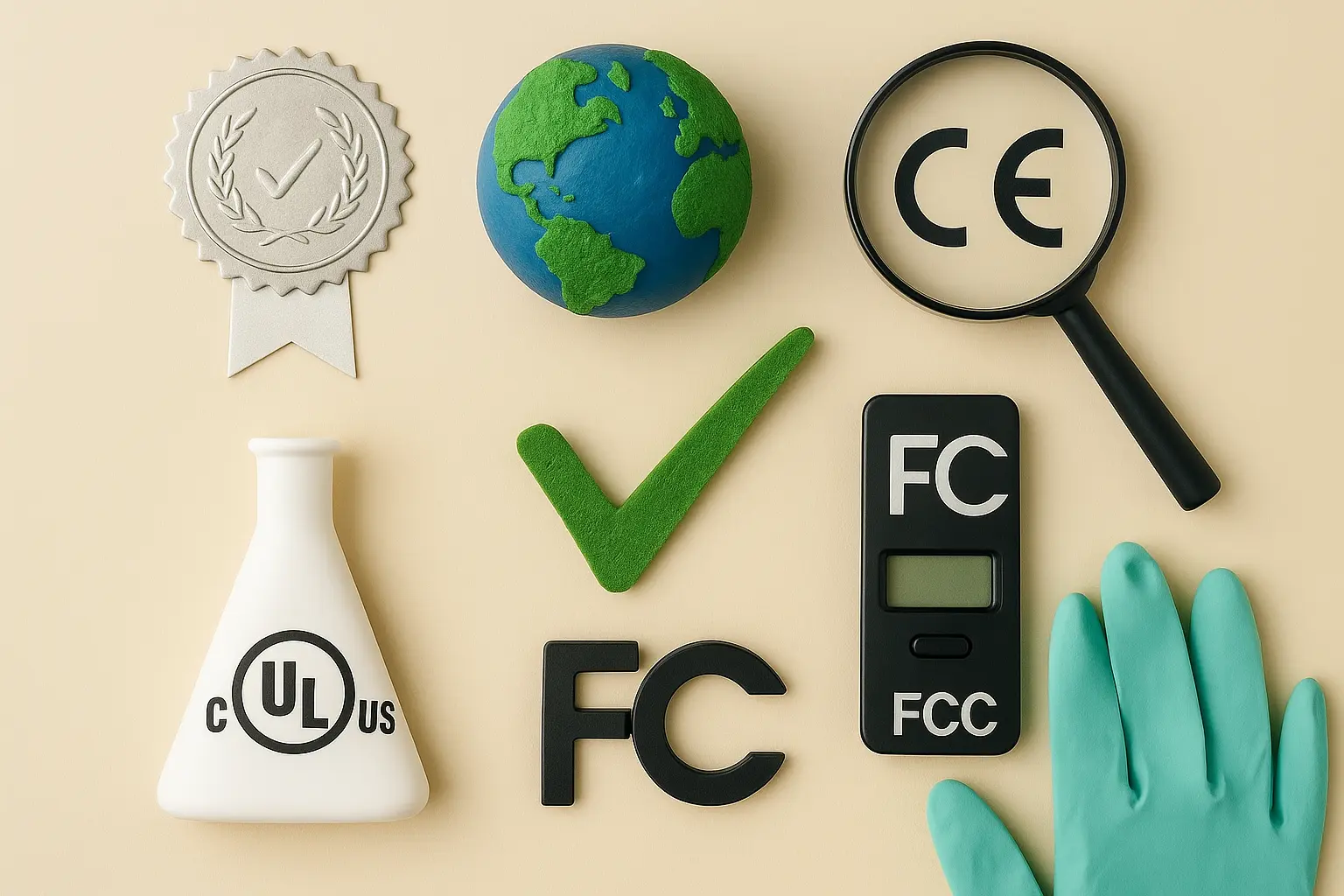WEEE Certification
The Waste Electrical and Electronic Equipment (WEEE) Directive is a European Union regulation aimed at reducing electrical and electronic waste by promoting recycling, reuse, and recovery. Compliance with WEEE certification ensures that products are designed to be environmentally friendly, which benefits both manufacturers and consumers in terms of sustainable development.
For quality managers, compliance officers, R&D engineers, and procurement professionals within the electronics sector, achieving WEEE certification is crucial for meeting legal requirements and ensuring product sustainability. This certification not only aids in reducing environmental impact but also enhances brand reputation by demonstrating a commitment to green practices.
The process of obtaining WEEE certification involves several stages, including design for environment (DfE) assessment, material selection, component choice, production processes, packaging, and end-of-life management plans. Compliance officers must ensure that all these aspects align with the regulatory requirements outlined in Directive 2012/19/EU.
Quality managers play a key role in ensuring that the product design meets WEEE standards from the very beginning of the development phase. This includes selecting materials and components that are easily recyclable or reusable, implementing production processes that minimize waste generation, and designing products so they can be easily dismantled at end-of-life.
R&D engineers contribute by incorporating sustainable design principles into new product developments. They should consider how different materials will behave during recycling processes and ensure that any hazardous substances used comply with the Directive’s restrictions on certain metals like lead, mercury, cadmium, and hexavalent chromium.
Procurement teams need to source components and materials from suppliers who can guarantee compliance with WEEE regulations. This involves conducting thorough supplier audits and ensuring that all purchased parts meet the necessary criteria for recyclability or reusability.
Applied Standards
| Standard Number | Description |
|---|---|
| Directive 2012/19/EU | WEEE Directive, which sets out the legal requirements for waste electrical and electronic equipment. |
| EN 50632-1:2014 | European standard specifying the design of information provided to the public about the environmental impact of products under the WEEE Directive. |
Benefits
- Achieving compliance helps avoid penalties and fines associated with non-compliance.
- Better management of waste streams, leading to reduced landfill use.
- Enhanced reputation among consumers who favor environmentally responsible brands.
- Potential cost savings from optimized recycling processes and minimized waste disposal costs.
- Increased innovation within the design phase due to stricter environmental constraints.
Environmental and Sustainability Contributions
The implementation of WEEE certification contributes significantly to environmental protection by promoting recycling, reuse, and recovery of waste electrical and electronic equipment. This initiative helps reduce the amount of harmful substances released into the environment through improper disposal methods.
By ensuring that products are designed with recyclability in mind, manufacturers contribute positively towards reducing e-waste pollution. Additionally, this certification encourages the use of sustainable materials throughout the supply chain, further enhancing overall environmental performance.
The directive also promotes extended producer responsibility (EPR), where producers bear more significant financial and organizational costs related to waste management activities. This approach ensures that manufacturers take full ownership of their products' lifecycle impacts, fostering greater accountability towards sustainability goals.





